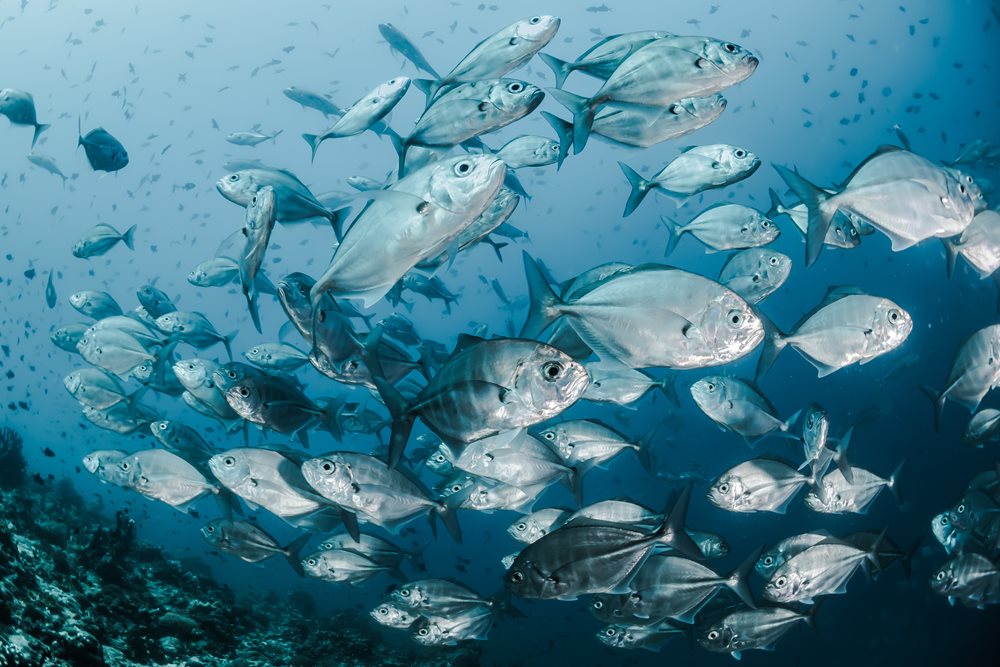Story
How well can we predict the future Fish of the Day?
11 May 2020
An international team of modellers and researchers have collaborated to find out how reliable projections of today’s fisheries forecasting models are in the North-East Atlantic.

Understanding how various ecosystems and species react to climate change is a key challenge for researchers, and accurately assessing responses requires reliable simulation tools.
The new study, published in Global Change Biology, compared fisheries model projections of the abundance of fish and their geographical distribution, with catch data from North-East Atlantic surveys.
The study was coordinated by the technology centre AZTI, and included researchers from UK institutions Plymouth Marine Laboratory, University of Exeter, the National Oceanography Centre in Southampton, as well as the University of Bern, the Euro-Mediterranean Center on Climate Change and University of British Columbia.
The team used eight updated ocean biogeochemical models that look at the ways in which climate change is likely to affect the physical, chemical, geographical and biological conditions, like temperature, nutrients and plankton, of the North-East Atlantic. This information can then be used to assess how the changes in environmental conditions affect projected distributions, abundance and biomass of commercial fish species in various areas.
Dr Josean Fernandes, AZTI Sustainable Fisheries Management expert, said: “We wanted to know if current fish forecasting models are effective under different climate change scenarios, by verifying their reliability and to reach a better understanding of how much these models can be relied upon to draw scientific and fish management conclusions”.
The study concluded that the models are reliable when the aim is the analysis of general trends, but have limitations when confined to a specific species or geographical area. This suggests that these models can be applied effectively to guide fisheries management at larger spatial scales, but application to a single species or small area would require detailed analysis of the model at a local level.
Dr Fernandes added: “Our study also questions whether it is time for a change of mindset, to now place our emphasis on mitigation and adaptation actions, both in science and in society, instead of focusing on estimating and questioning the possible consequences”.